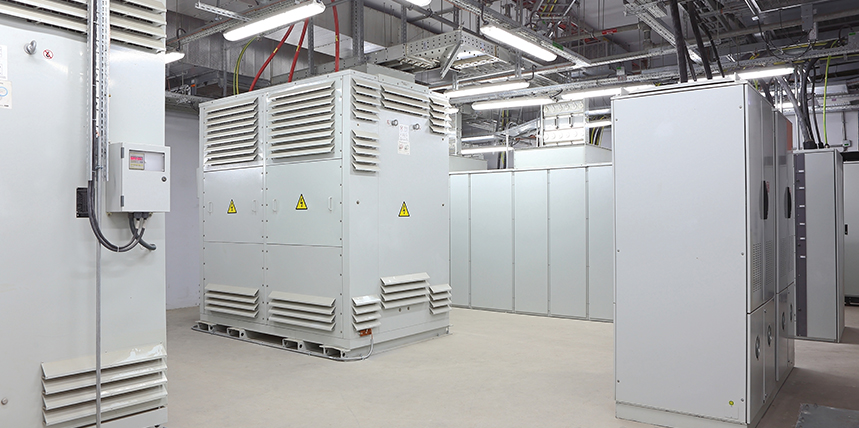With my term as NETA’s Board President coming to a close, it seems fitting that the theme of the Summer 2024 issue of NETA World is Transformers in that I have had the privilege of serving NETA during a transformative time in the Association’s history. Thanks to the dedication of our Board of Directors, volunteers, members, and partners, NETA …
Advanced Transformer Diagnostics: Sweep Frequency Response Analysis
Transformer diagnostics play a critical role in ensuring the reliability and longevity of power systems. Understanding the condition of power transformers is essential for preventing unexpected failures and minimizing downtime, which can have significant economic and operational impacts. Sweep frequency response analysis (SFRA) emerges as a powerful tool in transformer diagnostics, offering valuable insights into the transformer’s mechanical integrity, electrical …
Power Factor and Sweep Frequency Testing in Transformers
At best, an equipment failure is a costly inconvenience. At worst, it can affect the entire country and impact Wall Street. Consider BP’s refinery in Whiting, Indiana — the largest in the Midwest, according to BP, producing 440,000 barrels per day of crude oil. On February 1, 2024, Reuters reported that the refinery had shut down unexpectedly, and in a …
Best Practices for Ratio Verification of Power Transformer CTs
Current transformers (CTs) are essential for reliable and safe operation of electrical power networks. They function as the link between the primary system, which includes the assets directly involved in the energy flow, and the secondary system consisting of the protection, control, and metering devices. CTs do this by transforming high primary currents into the more measurable quantities used by …
Electrical Signature Analysis of Oil- and Dry-Type Transformers
Periodic and continuous electrical signature analysis can be used to evaluate the general condition and power quality that affects oil- and dry-type transformers. This article discusses how conditions such as loose connections, resonance, component looseness, and failing electrical components can be detected. Case studies from several applications including wind power, solar, and industrial dry- and oil-type transformers are presented. ELECTRICAL …
Advancements in Industry: Shorted-Winding Technique for Single-Phase Exciting Current and Loss Testing
The conventional exciting current and loss test is an open-circuit measurement of current and loss, typically performed from the high-voltage side of the transformer, using low voltage (up to 10 kV), single-phase, power frequency (50/60 Hz) excitation. For this test, the well-known approach to data analysis, first introduced in 1968, relies on comparison and evaluation of the per-phase readings against …
Ground-Grid Integrity Revisited
Utility substations are undergirded by large — sometimes massive — grounding grids. These are made up of electrodes, much like the familiar ground rod, but with extended responsibilities. The grid must provide a means to carry electrical currents into the earth under normal and fault conditions without exceeding operating and equipment limits. The grid must also assure the safety of …
Transformers
Transformers are critical power system components, allowing transmission and distribution of power throughout the industry. As NETA Certified Technicians, we should be familiar with the various sizes, configurations, and types of transformers. 1. Which type of transformer is usually connected to a utility generator?a. Step-down transformerb. Isolation transformerc. Step-up transformer d. Three winding transformer 2. What does the DY1 designation on …
Power Transformer Hazard Awareness
Performing condition analysis or maintenance on a power transformer and ancillary devices is a potentially hazardous task that requires well-trained test personnel to identify and mitigate risks. Products and equipment that are designed to test and diagnose equipment while in operation, such as infrared cameras, partial-discharge detection equipment, and online oil analysis can be used to determine a power transformer’s …
Optimizing 50/27 Inadvertent Energization Protection
The 50/27 inadvertent energization protection function (Figure 1) is an overcurrent function supervised by generator terminal bus voltage derived from system-side voltage transformers (VTs). Inadvertent or accidental energizing of off-line generators has occurred frequently enough to warrant using dedicated protection logic to detect this condition. Operating errors, breaker flashovers, control circuit malfunctions, or a combination of these causes have resulted …








